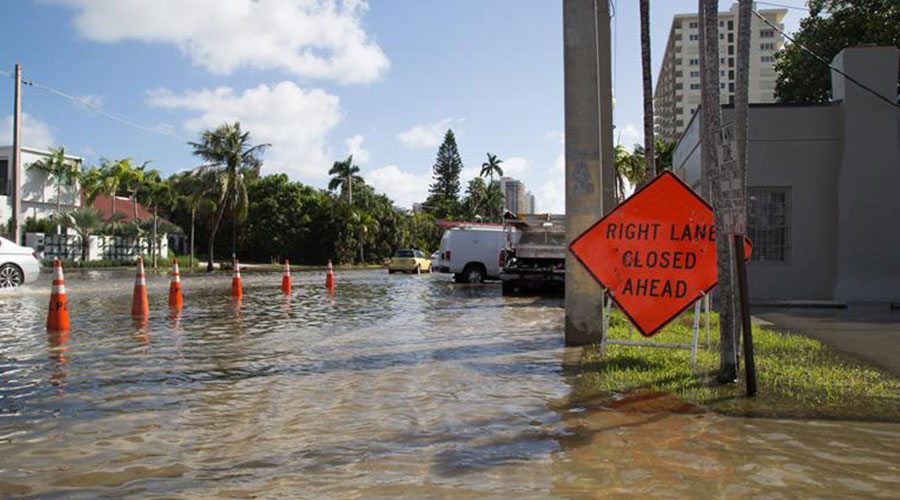Commercial Real Estate Industry Ranks Low in Disaster Preparedness, Survey Finds
40 percent of commercial real estate managers have never conducted exercises to test their disaster plans a survey commissioned by the National Emergency Response & Rescue Training Center (NERRTC), a division of The Texas A&M University System’s Texas Engineering Extension Service, finds.
40 percent of commercial real estate managers have never conducted exercises to test their disaster plans a survey commissioned by the National Emergency Response & Rescue Training Center (NERRTC), a division of The Texas A&M University System’s Texas Engineering Extension Service, finds.
The survey aimed to uncover trends in disaster preparation efforts at large companies across six key industries – commercial real estate, health care, energy, chemical, entertainment and transportation.
According to the survey, 77 percent of commercial real estate respondents have updated disaster response and recovery plans within the past year, while 28 percent reported that they do not train employees on their disaster preparedness plans.
“The survey results suggest that private sector preparedness has improved in recent years, but critical gaps still exist,” says Harrison Lobdell, NERRTC director. “Having a plan is important, but it’s only part of the equation. Employees also need to be trained to implement plans under extreme pressure in an invariably chaotic environment, and those plans need to be tested to make sure they work.”
According to the study, the commercial real estate industry appears to be the least prepared in terms of response planning, training and conducting exercises. The ratings in training and exercising reveal that much still needs to be done to ensure companies can successfully implement plans in an actual disaster.
“Preparing for constantly changing and virtually unlimited threats can be taxing on both human and monetary resources, but it is absolutely critical,” says Doug Rapé of NERRTC. “Studies show that eight out of 10 companies will experience a crisis in the next five years that results in a decline of market capitalization of between 20 to 30 percent. The expense of planning, training and conducting exercises is insignificant compared to the catastrophic cost of a poor response in a crisis.”
Related Topics:











